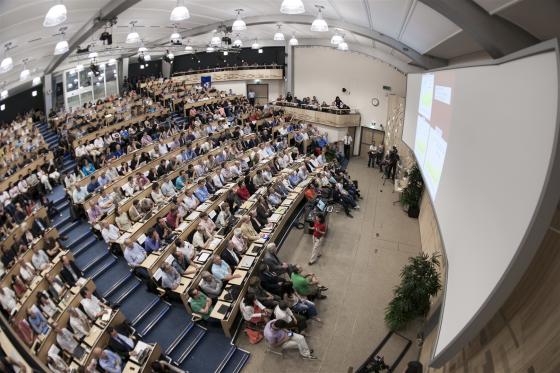Exactly 10 years ago, on 4 July 2012, in a packed seminar broadcast live around the world, the CERN laboratory in Geneva announced the momentous discovery of the Higgs boson, the last missing ingredient predicted to make the theory of the microscopic structure of nature around us, known as the Standard Model of Elementary Particle Physics, coherent.
Its existence and its elemental characteristics (mass and production cross-section, as well as its decay branching ratio in its main decay channels H --> gamma gamma, H --> ZZ(1) and H --> WW(1)), theoretically predicted almost 50 years earlier, were observed and measured by the ATLAS and CMS experiments, with essential contributions made by the experimental groups of DIFI and the Genoa Section of INFN.
- ATLAS: responsible for the design, construction and operation of the experiment's innermost tracking detector with hybrid silicon pixel sensor technology; secondary vertex recognition with beauty
CMS: responsible for the design and construction of the experiment's huge superconducting solenoid
At the same time, experimental results were published by the two collaborations as:
- ATLAS Collaboration, Physics Letters B 716 (2012) 1-29
- CMS Collaboration, Physics Letters B 716 (2012) 30-61
Both CERN and INFN are today commemorating this important event with a series of public events that can be accessed via the following links:
- https://indico.cern.ch/event/1135177/
- https://home.web.cern.ch/events/anniversary-discovery-higgs-boson
- https://higgs10.infn.it/
In the ten years that have elapsed since then, the two experiments have enormously broadened and deepened the spectrum of information on this fundamental ingredient of nature, with the observation of many other production and decay channels in addition to those involved in the original observation, and still have a rich programme of further investigations and increasingly refined and precise measurements of its parameters.


